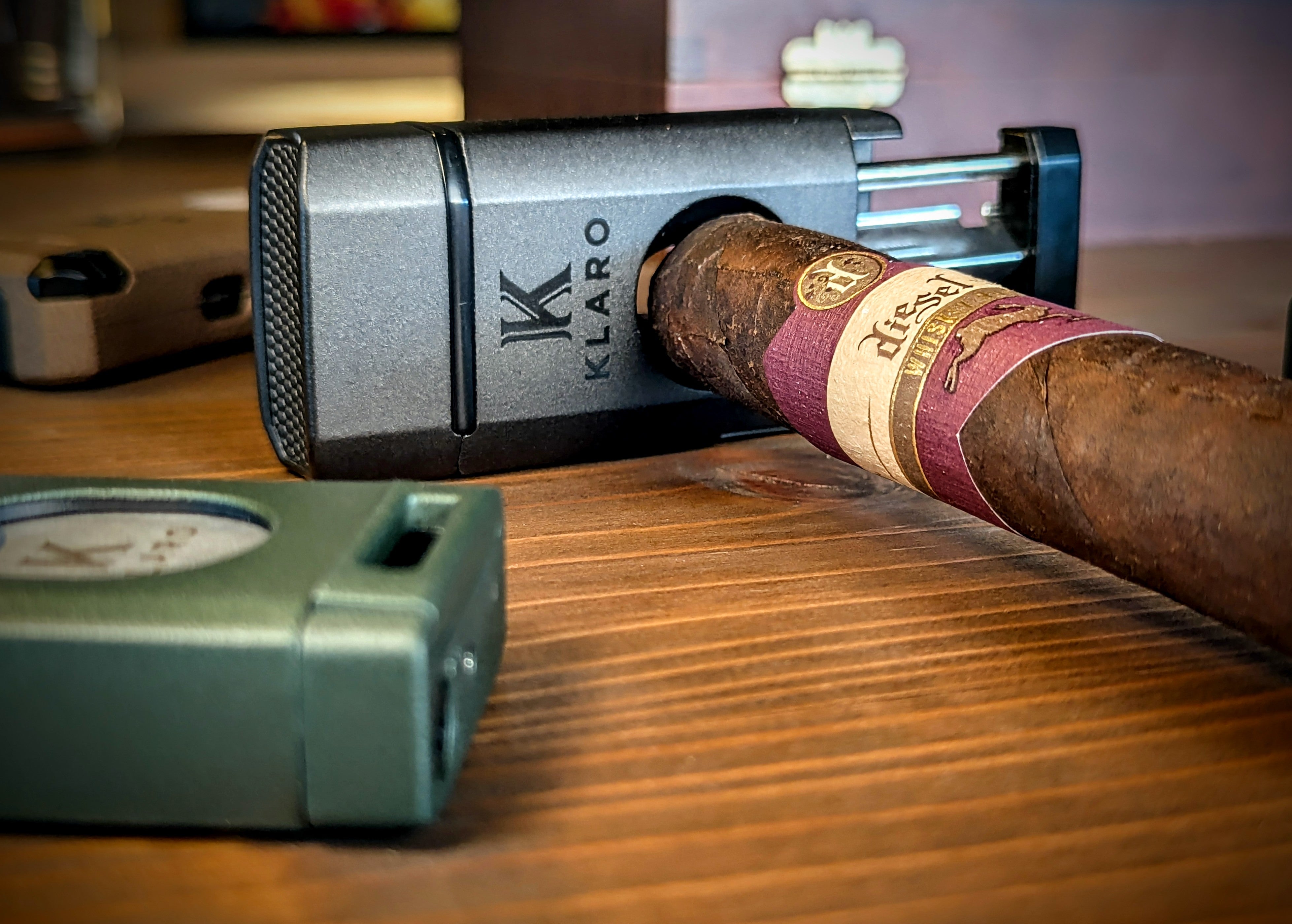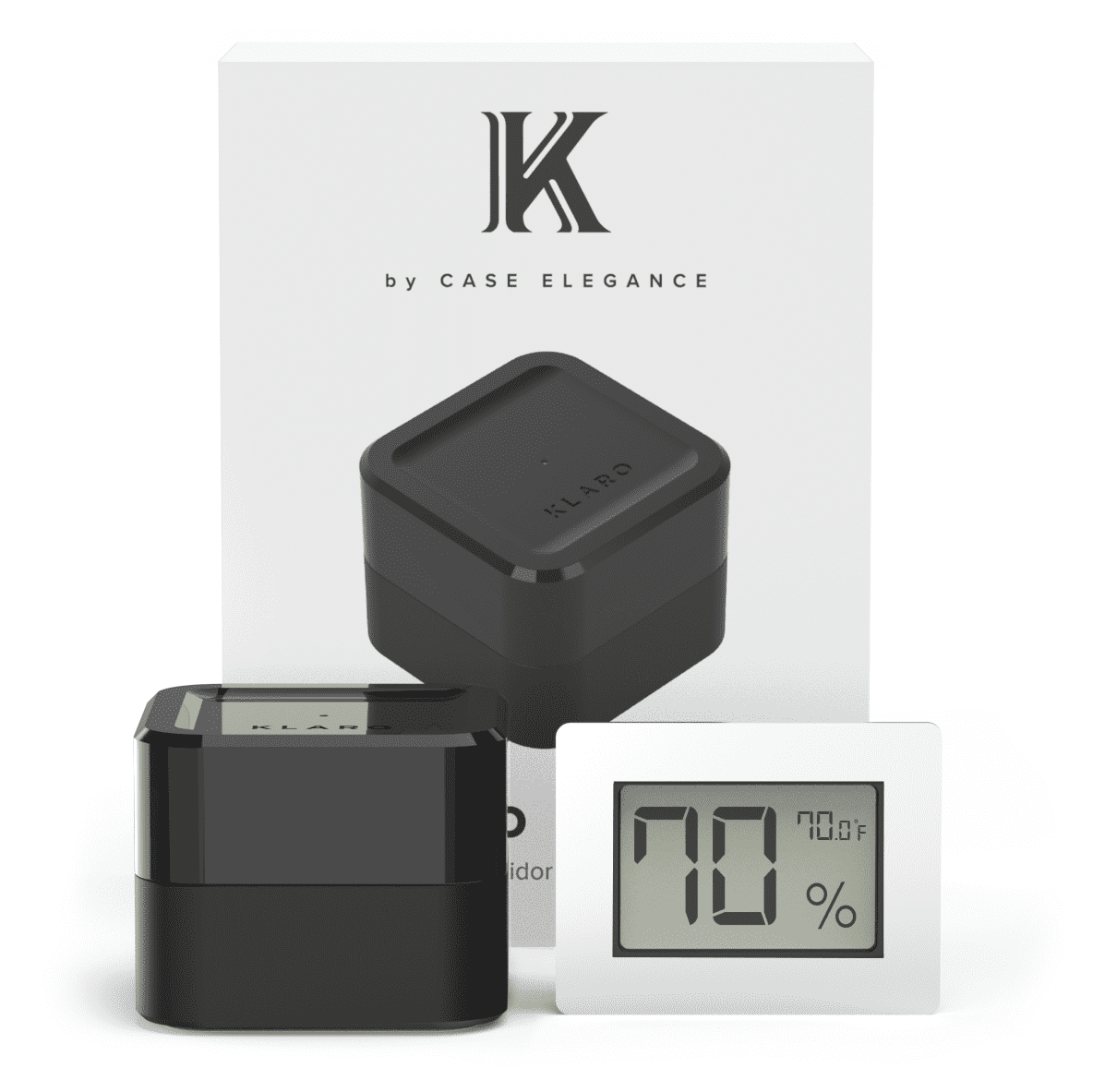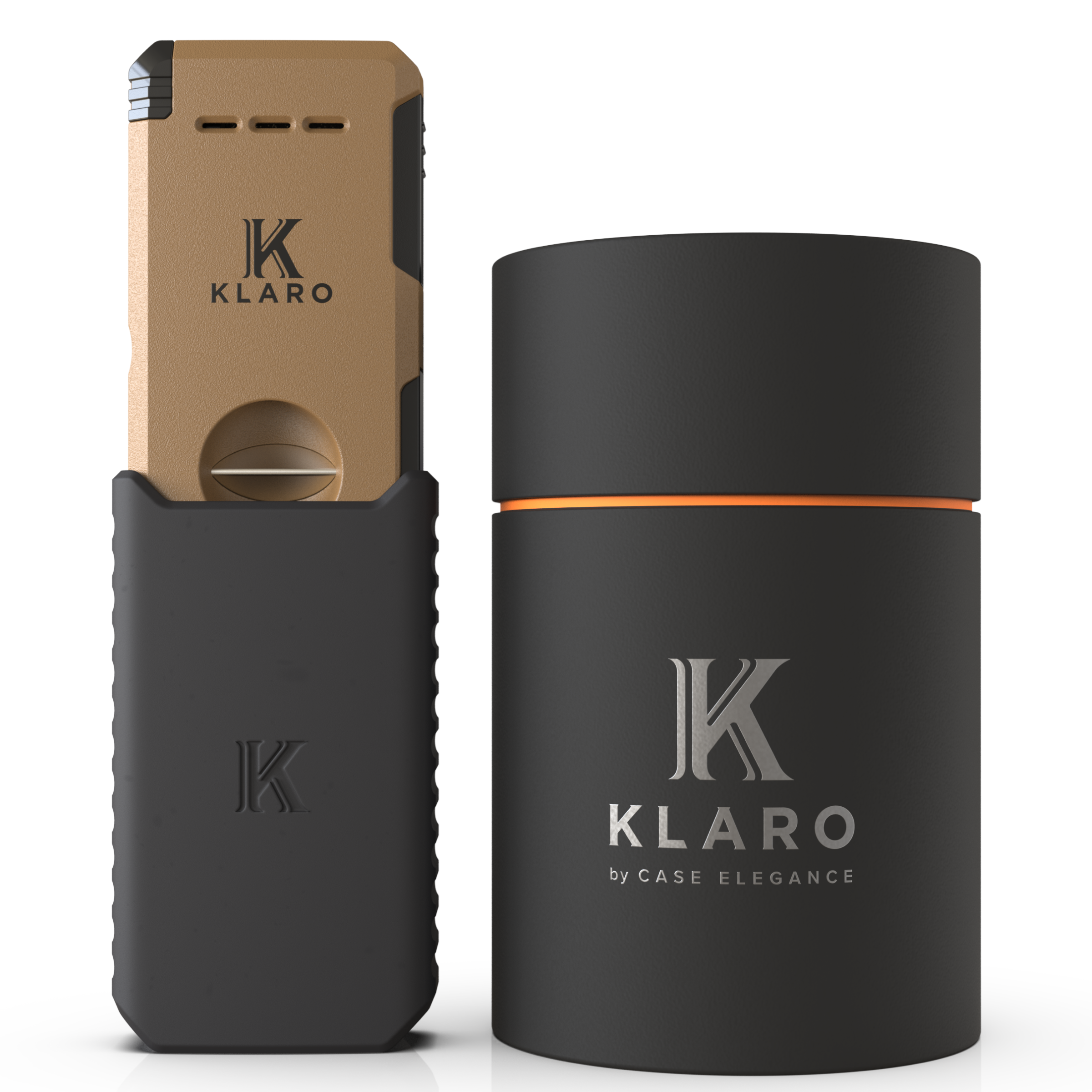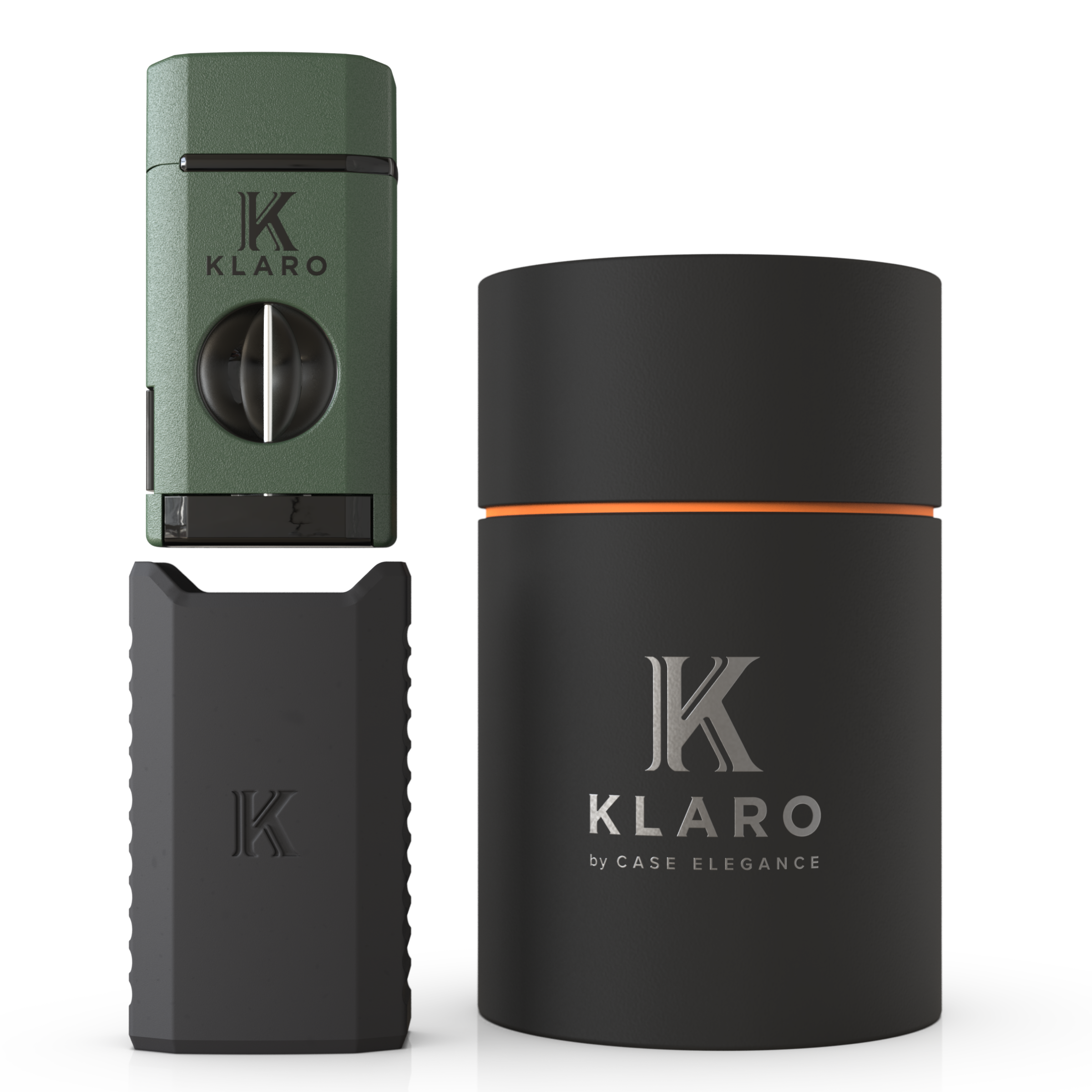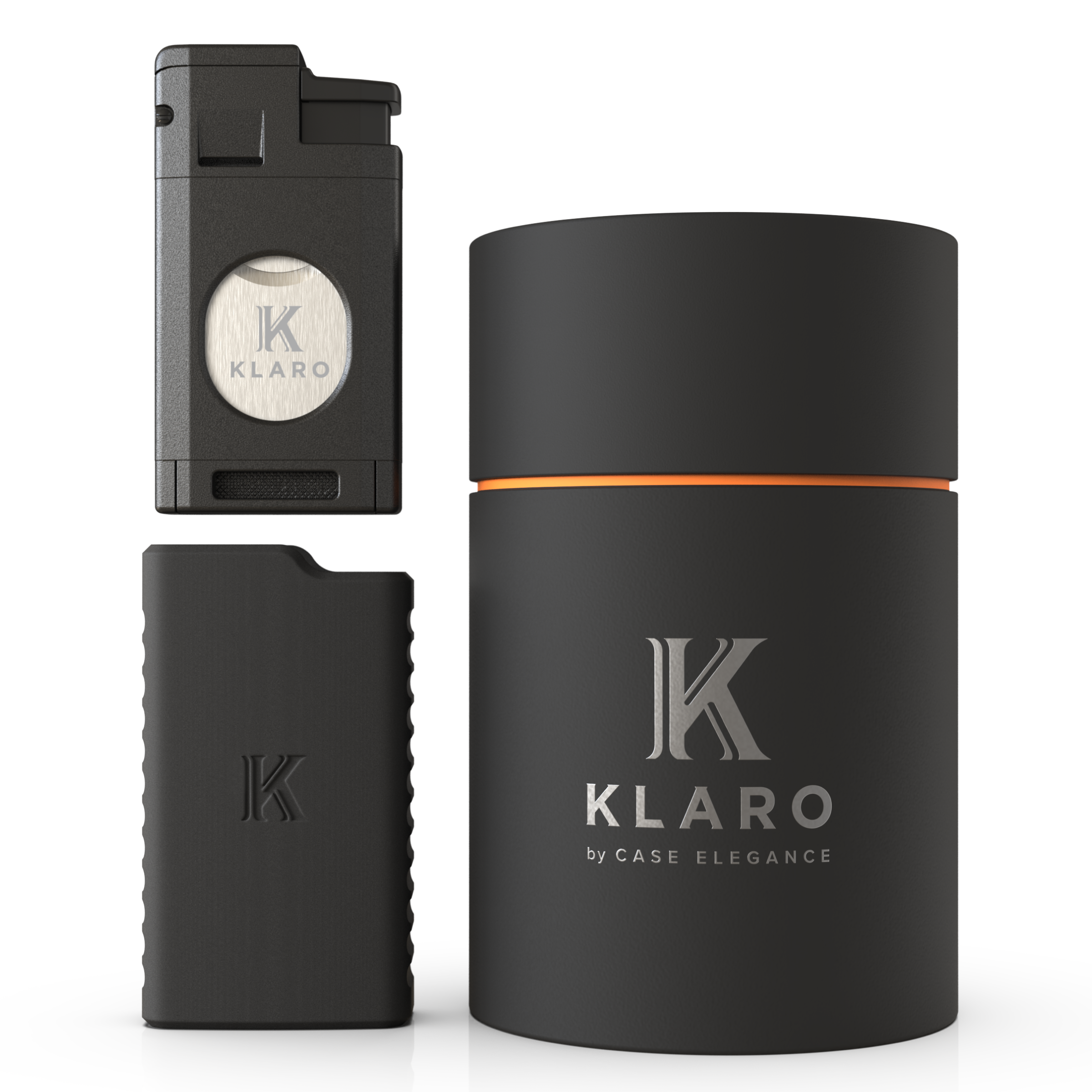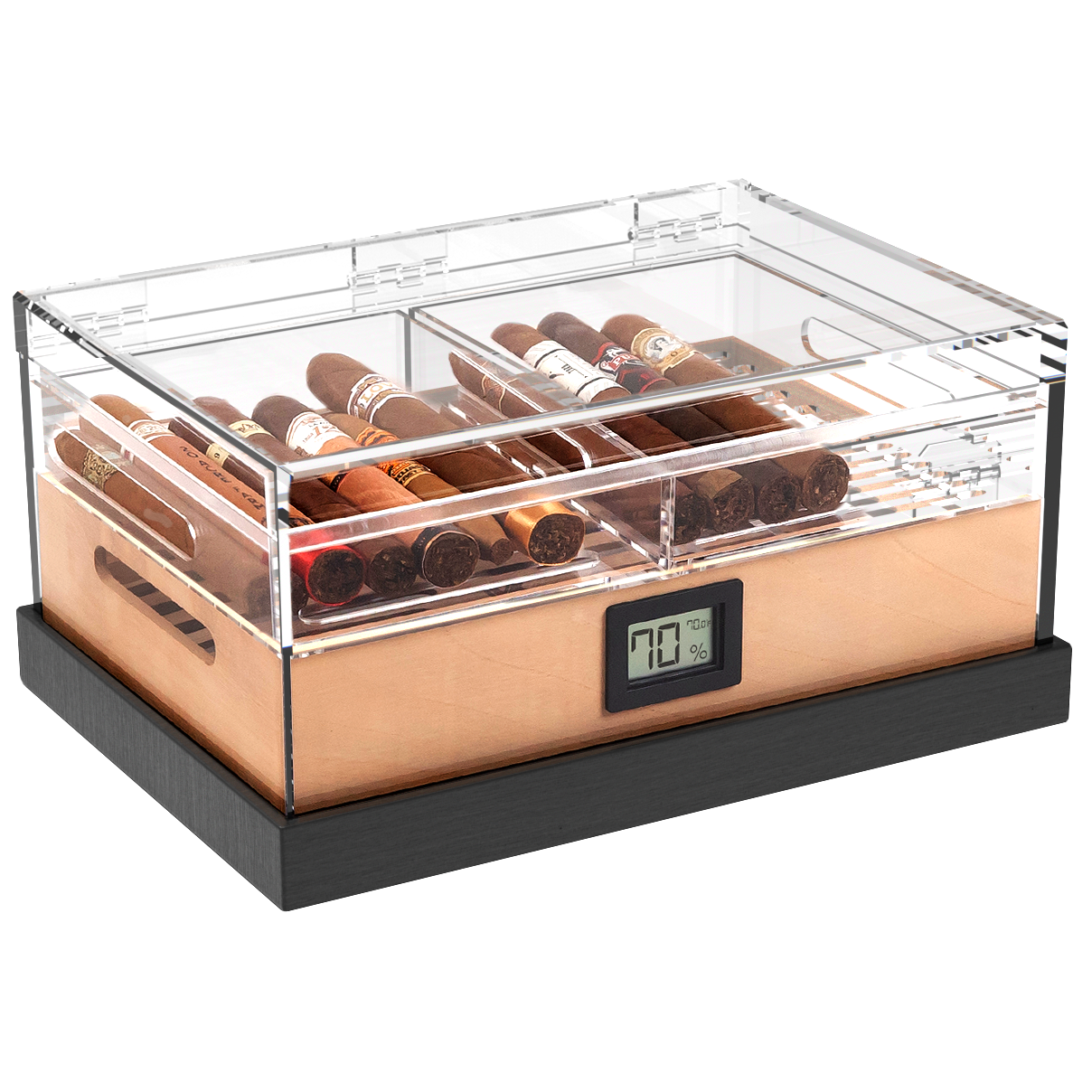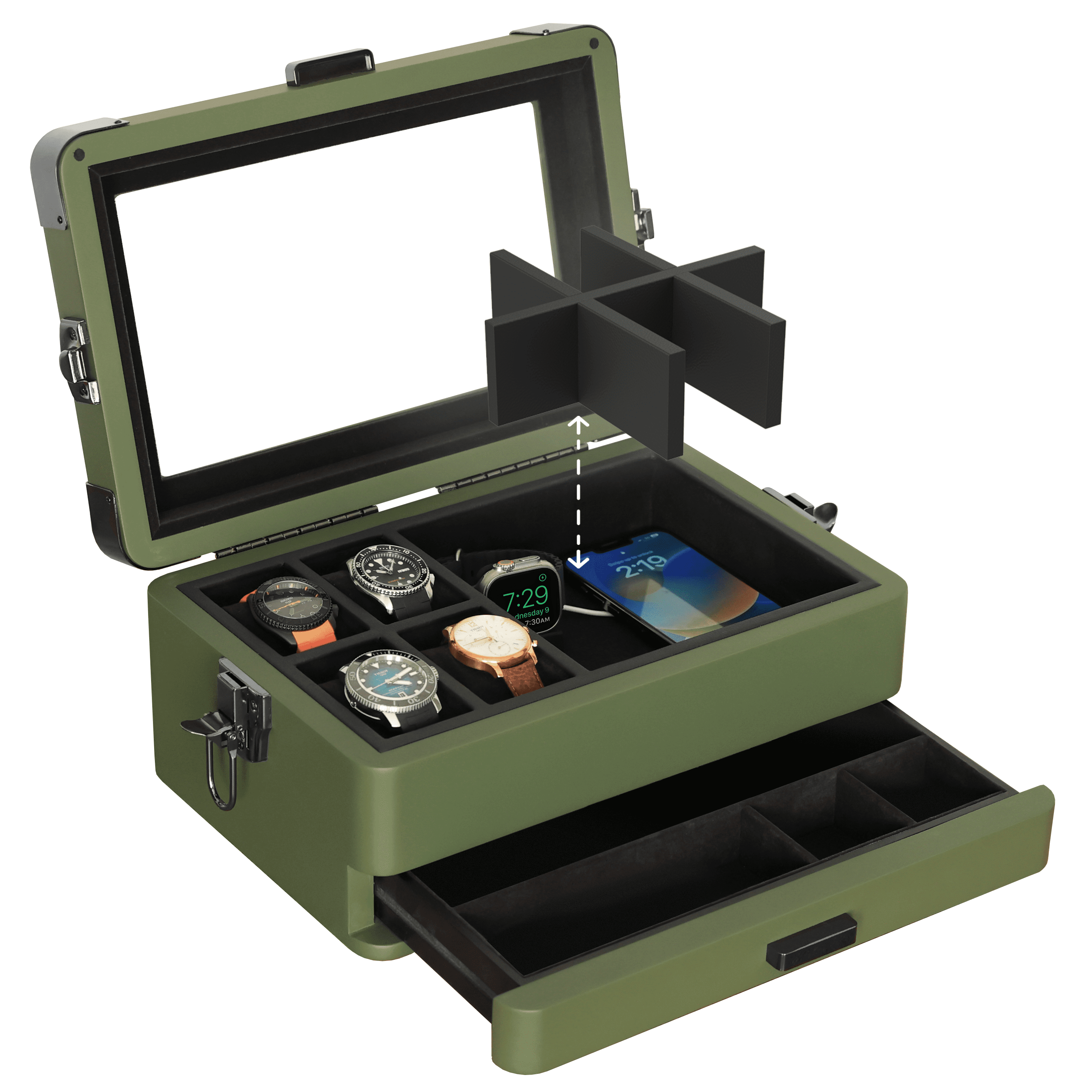You stand there, gawking at your most recent humidor purchase. The exotic lacquered wood shines in the light, as the intricate artwork inlay on the lid sends a clear message: Baller stogie status, ya'll.
In preparation for your big purchase, you've stayed up on your humidor knowledge and are fully aware of the importance of owning one and properly maintaining it. Thus far, you’ve properly seasoned the interior and even preloaded it with some precious tobacco cargo.
But in your excitement, you failed to notice that the seal between the lid and base of the humidor has a slight gap on one side. Now, your hygrometer shows that the relative humidity (RL) level within your humidor is completely out of whack. Well shit...
Your humidor’s lid actually slams down a little when you let it go instead of making that whooshing sound between the lid and the protruding liner lip when you close the lid.
If you plan on buying a humidor, it’s a good idea to test the seal along the edge of the lid prior to purchase. A loose lid that doesn’t close tightly may not be worthless, but it definitely isn't going to be firing on all pistons.
On the other hand, if you’ve had your humidor for a while, and you notice that your cigars dry out even after making sure your humidor accessories are working properly, it’s time to check the seal. A leaky humidor seal is nothing to ignore because your cigars can dry out in less than two weeks if this situation isn’t remedied. What’s even more baffling is that the lid seems to make that all-important whooshing noise when you close it, the sound of air being pushed out of the way to allow the lid to close. Don’t assume that just because this happens, all is good under the hood.
Note: Spanish cedar expands a bit when it comes into contact with humidity or moisture, thus making the seal of a Spanish cedar-lined humidor all the more practical. However, don’t assume that the loose lid will swell to the occasion and tighten down that seal with a touch of conditioning.
Perform a Humidor Hygrometer Check

For those of you who have already procured a humidor, and are suspicious of its sealing capabilities (or lack thereof) then it's time to take action. But before you start inspecting the seal, take a moment to think about when you last rotated your stogies. Routine weekly rotations should be taking place to keep RH levels balanced inside, so missing a week can throw your hygrometer readings way off. Rotate those smokes and then wait a day or two to see if those humidity readings even out.
While you wait, give that humidifier unit a gander to make sure it is filled with a humidification solution. In winter, all it takes is a few harsh days of intense cold and the furnace to be on full blast, and that humidification device is going to turn bone dry.
If you've stayed up on your weekly cigar rotation schedule, and your humidification media is in tip-top shape, then it is time to make sure that your hygrometer is working properly and registering between 68–72% RH consistently.
That said, Klaro hygrometers come pre-calibrated from the factory by a machine that is far more accurate than the average at-home calibration method. Many times, when our customers think that a hygrometer needs calibration, it is because the humidity is being unevenly distributed within the humidor.
For instance, if you take a hygrometer and leave it atop the hydro tray, it will read extremely high. This will be particularly extreme if you have just gotten a humidor and are in the midst of the seasoning process, and haven't put your cigars inside yet. In fact, the relative humidity in your humidor will more than likely not reach equilibrium until it's half full of cigars and a few weeks of "settling time" has occurred. Until then, trust the process, have faith in our patented design, and know that your cigars are in the safest place possible.

However, if you honestly feel that you need to recalibrate your Klaro hygrometer, here's how to go about it properly:
- Buy a high-quality 69% humidity pack. (You will likely need one for boosting humidity in winter anyway and the batteries will work in all of our hygrometers, including the Klaro Valet Smart Hygrometer.)
- Use your finger to push the hygrometer out of its mounting point from the backside.
- Place the hygrometer and the humidity pack in a zipper plastic bag, seal it closed, and allow the two to get up close and personal with one another for the next 12 hours or so. The hygrometer should read 69%.
- If the hygrometer reads anything other than 69%, simply hold the button on the back of the hygrometer for 6 seconds and it will reset to 69%, thus "calibrating" it.
- Congrats. Your hygrometer is now calibrated and ready to be placed back inside the humidor. Time to crack a cold one and spark a stogie.
Once properly calibrated, return to the humidor and take a reading after an hour or two.
Tobacco Nerd Note: Humidor seals don't just pertain to lids. That is why each Klaro humidor we sell comes equipped with a gasket-sealed hygrometer that ensures its reading isn’t being influenced by outside air. We have found that many humidors are perfectly fine in their physical structure, but come equipped with hygrometers sporting a piss-poor seal. So while the hygrometer itself may function perfectly fine, the readings it shows are all over the place based on the external ambient air seeping inside the humidor.
How to Test Your Humidor Seal

All of the above is attended to and looking good, it is now time to give that hygrometer a few hours to settle in and get a proper reading. If RH drops below 65% after a few hours you may in fact have a leak, but even then, that reading alone is not definitive.
There are a couple of ways to check for humidor lid leaks, both of which are easy to do and can be conducted with items you probably already have in the house.
The Dollar Bill Test

Take a crisp buck, a Benjamin if you are a baller, or in my case, a ¥5000 Japanese yen note. (Ya'll think American money is detailed; you should see these greenbacks up close.)
Now, set half of that bill on the front lip of the lining while holding onto one end. Gently close the lid until it is completely seated and snug. Then, gently pull the bill outward. If it provides some resistance, or won't budge at all, then that section has a good seal. If it slides out with minimal effort or can be removed with some mild tugging, you have a leaky seal. Continue this process on every section of the lip’s circumference until you determine where the worst leaks are located.
The Flashlight Test

The other humidor seal testing option is to completely empty your humidor of its contents, and place a flashlight inside. While a small EDC pocket flashlight will work in a pinch, camping lights that emit 360 degrees of light will allow you to easily assess all sides at once.
Now, either head to a room with little to no light or wait until dark. Lid closed, you can now visually check for "light leaks" and determine which areas of your humidor are in need of some attention. Remember to take photos so you can later recall which locations need a fix.
Great, You Have Leaks. Now What?

If you have a leaky humidor lid, the easiest thing to do is to purchase a new humidor with a good seal. But if you’ve already spent a fair amount of dough on your humidor, then you probably don’t just want to get rid of it, and that means some DIY action.
Silicone Coatings
If you know where the leaks are located, and they aren't too massive, you can always apply a thin layer of food-grade silicone sealant to close those gaps. Just make sure you don’t apply too much because that will make your humidor look like complete crap, and in the worst case, cause an even worse seal issue to form.
However, if you do opt for this methodology, be sure to first remove everything from the humidor (be sure to baggy up those stogies) and then leave the lid open so that the silicone can cure properly. After that, re-season your humidor until it reaches about 70% RH. Then, place your cigars back inside and continue to monitor those humidity levels every chance you get.
This is where the Klaro Valet Smart Hygrometer comes in handy because it allows you the ability to check specs and track humidity history anywhere from your smartphone or connected device.
Spanish Cedar Replacement
Replacing the cedar lining inside the lid and around the coping of the humidor box is another option, especially if the wood itself is compromised in some way. But when it's all said and done the cost of this sort of work will likely exceed the cost of the humidor, so bear that in mind if you aren't trying to salvage a vintage humidor that is a family heirloom.
However, for all you DIY junkies and woodworkers out there, know that you can complete the task in an afternoon if you have access to some quality Spanish cedar, a Dremel with a router bit, some wood glue, and a measurement caliper.
After measuring the size and span of the coping, purchase some authentic strips of Spanish cedar, and cut them to the correct size and shape so that a solid seal can be obtained. That said, we still recommend having a skilled woodworker perform the task if you feel uncertain about your DIY capabilities, especially if the humidor in question is expensive and/or has sentimental value.
Tobacco Nerd Note: At Klaro, each of our humidors has gone through intensive design stages and is exposed to rigorous testing to develop a proper seal around the lid and a gasket-sealed hygrometer design, so you can be sure that your reading is accurate. When you buy from Klaro, you don’t have to worry about making home improvements to your humidor. We’ve done the legwork of testing and adjusting each humidor design to be fully functional and reliable.
Parting Puffs

In closing, it is worth noting that your humidor’s environment, age, and any significant movement or shock can affect its seal. So make sure to monitor any major changes, whether it's moving to another geographic location, long periods of dormancy, an inadvertent drop, etc.
Not to make you paranoid or anything, but a bit of cigar vigilance, accompanied by some cigar humidor routine maintenance, is often all that is required to help stop a bad seal from forming in the first place. That and not buying shitty humidors. That's an even better place to begin...




